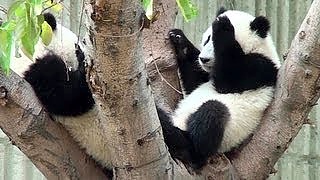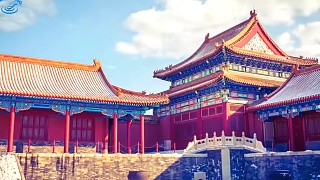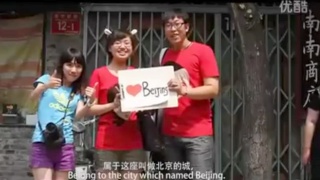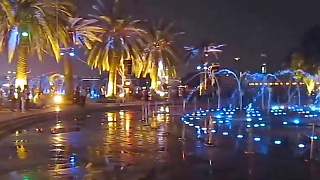A time for beautiful lanterns of various types. Besides the traditional round, red lanterns there are also elaborate designs, usually constructed in a similar way - with silk over a wire frame.
[640],shadow=true,start=,stop=As early as the Western Han Dynasty (206 BC - AD 25), it had become a festival of great cultural significance. The Lantern Festival falls on the 15th day of the 1st lunar month, which will be late February or early March in the Gregorian calendar.
In 2015, the Lantern Festival falls on March 5th. Don't miss it !
The Lantern Festival, also known as Yuanxiao Festival or Shangyuan Festival, is a traditional Chinese holiday celebrated on the fifteenth day of the first month in the lunar calendar, marking the end of the Chinese New Year celebrations. Here's some information about this colorful and joyous festival:
History and Origins:
Ancient Roots: The origins of the Lantern Festival can be traced back over 2,000 years to the Western Han Dynasty. It has evolved over time, incorporating elements from various cultural and religious traditions.
Taoist and Buddhist Influences: Initially, the festival had Taoist roots, with people making offerings to Taiyi, the god of heaven, to pray for good fortune and avert disasters. Later, during the Tang Dynasty, it also became associated with Buddhism, as monks would light lanterns to worship the Buddha.
Customs and Traditions:
Lantern Displays: The most iconic feature of the Lantern Festival is the elaborate lantern displays. These lanterns come in various shapes, sizes, and colors, often depicting animals, flowers, mythical creatures, and scenes from Chinese folklore.
Guessing Lantern Riddles: Another popular tradition is guessing lantern riddles (???, c?i d?ngm�). Riddles are written on strips of paper and attached to the lanterns. Visitors try to solve the riddles, adding an element of intellectual challenge and fun to the festivities.
Eating Yuanxiao: Yuanxiao (??), also known as tangyuan (??), are sweet glutinous rice dumplings stuffed with fillings like sesame paste, sweet bean paste, or peanuts. Eating yuanxiao symbolizes family unity and prosperity.
Dragon and Lion Dances: In some regions, dragon and lion dances are performed during the Lantern Festival, accompanied by drums, cymbals, and firecrackers. These lively performances are believed to bring good luck and ward off evil spirits.
Modern Celebrations:
Lantern Festivals: Throughout China and in Chinese communities worldwide, Lantern Festivals are held with grand lantern displays, cultural performances, and festive activities.
Tourist Attractions: Many tourist attractions host special Lantern Festival events, featuring intricate lantern installations, performances, and culinary delights.
Family Gatherings: Like other major Chinese festivals, the Lantern Festival is a time for families to come together, share meals, and enjoy each other's company.
Innovation and Modernization: While traditional customs are still observed, the Lantern Festival has also evolved with modern technology, incorporating LED lights, laser shows, and multimedia displays into the celebrations.
Overall, the Chinese Lantern Festival is a vibrant and symbolic celebration that brings communities together to welcome the new year with light, joy, and hope for the future.
 The Chinese Lantern Festival
The Chinese Lantern Festival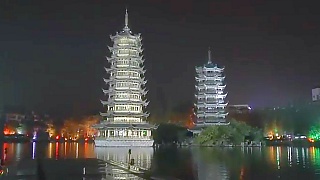



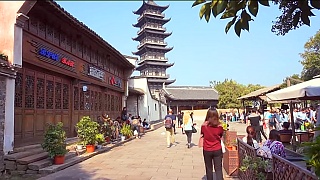
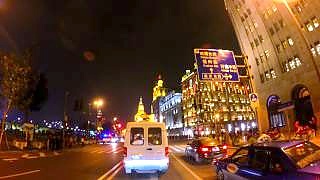
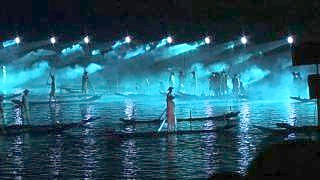

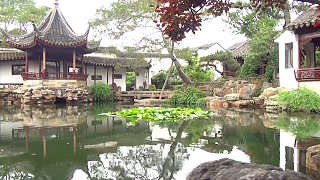
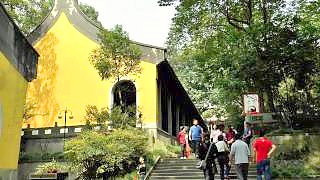
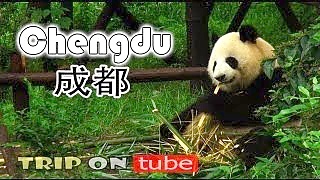






![A great film of the Great Wall north of Beijing, including `wild wall`, accompanied by great music (踏古 (Ta Gu) by Lin Hai, `Walking into Ancientry`, with Chinese lute (pipa)). We [mum, dad - videographer - and son and daughter, from Singapore] hiked 3 sections of the Great Wall in winter, without any guides after studying blogs and posts by fellow hikers. All these sections are different. From the unrestored GuBeiKou Great Wall where we were the only people around, to the wonderful JinShanLing, where the climb is steep and every direction gives you good photo opportunities, to the restored MuTianYu where we hiked in heavy snowfall. We stayed at local farmhouses on both nights, dined with the locals and hitched rides to nearby bath-houses. Temperature ranged from -5 deg C (day) to -12 deg C (night). Winter daybreak is at 7am and the sky becomes dark by 5pm so one has only 10 hours of daylight, so plan your travelling and hiking schedules carefully. This once-in-a-lifetime experience was captured on video and we would like to share it with you. The feelings just can`t be described - you need to experience it first hand. Take only memories, leave only footprints and kindness ... A wonderful animation combining traditional Chinese painting and dance - don`t miss it ! 踏古-林海 作曲:林海 视频作者:中国传媒大学动画学院 Hiking the Great Wall 长城 of China in the snow](https://www.beijingbuzzz.com/b183.jpg)
